Core Clivia Care Tips: Aligning with Its Growth Habits
1. Soil: Choosing the Right Medium Is Fundamental
Recommended Formula: 5 parts leaf mold + 2 parts garden soil + 2 parts river sand + 1 part decomposed organic fertilizer. Mix well and disinfect by exposing to sunlight;
Lazy Alternative: Directly purchase "specialized clivia potting mix." Avoid ordinary garden soil or succulent granular soil (as they don’t match clivia’s water-retention and fertility needs);
Repotting Timing: Repot once a year in spring (March-April). The pot diameter should be 5-8cm smaller than the plant’s crown width (an overly large pot easily leads to waterlogging, affecting flowering).
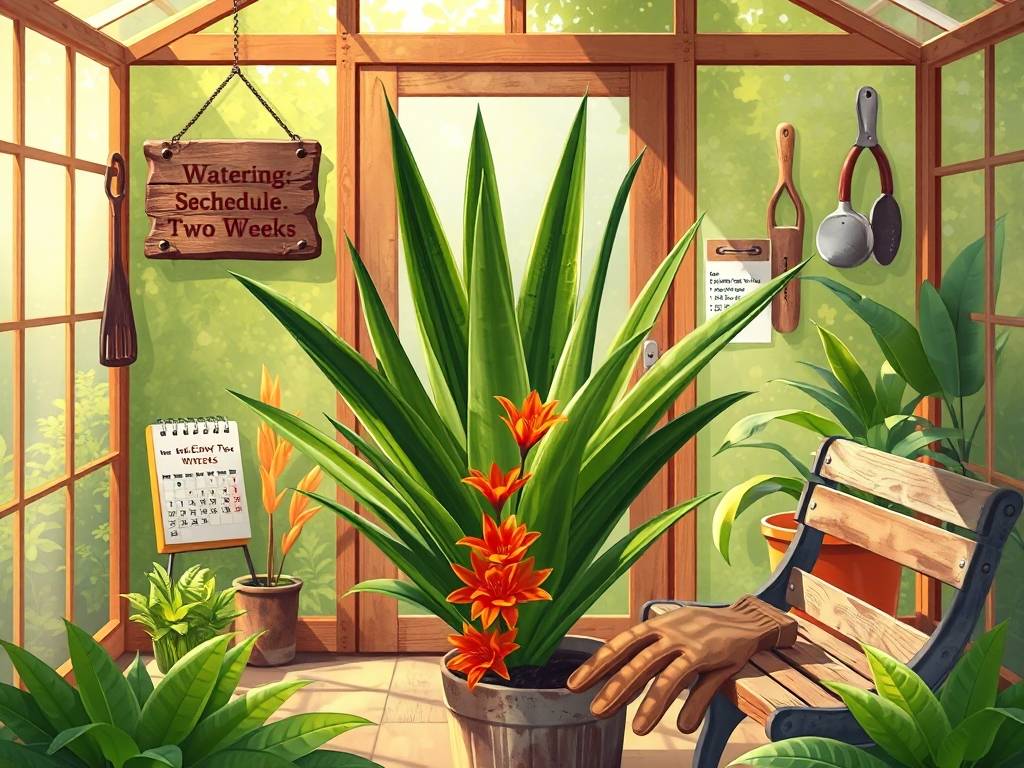
2. Light: "Diffused Light" Is Key; Avoid Direct Strong Sunlight
Placement: East/west-facing windowsills in the living room or beside bookshelves (receiving 4-6 hours of diffused light daily). Avoid placing it on south-facing balconies during midday direct sunlight (leaves are prone to sunburn, showing yellow spots);
Consequences of Insufficient Light: Thin leaves, pale green color, and difficulty in flower stalk emergence (one of the common causes of "stalk clamping");
Regular Pot Rotation: Rotate the pot 180° once a week to prevent leaves from growing unilaterally and maintain a symmetrical plant shape.
3. Watering & Fertilizing: "Water When Dry" + Dilute Fertilizer Applied Frequently
Watering Principle: Water only when the soil 2cm below the surface is dry, and water thoroughly until water drains from the bottom of the pot (avoid "half-watering"). Use water at room temperature (to prevent root irritation from cold water);
Taboos: Water less in winter (once every 10-15 days); avoid watering at noon in summer (prone to root rot); never let water accumulate in the pot (the main cause of root rot).
Fertilizing Tips: The growing seasons (spring and autumn) are crucial; supplement with phosphorus-potassium fertilizer during the flowering period (winter and spring);
Growing Season: Apply "decomposed soybean cake fertilizer" or "specialized clivia liquid fertilizer" (nitrogen-based to promote leaf growth) once every 2 weeks;
Bud Formation Period (October-December): Switch to monopotassium phosphate (dilute 1:1000 with water and water the roots, once every 2-3 weeks) to help flower stalks emerge and flowers become more vibrant;
Taboos: Stop fertilizing when temperatures exceed 30℃ in summer or drop below 10℃ in winter. Avoid applying unfermented or concentrated fertilizer (prone to root burn).
4. Temperature: 15-25℃ Is Optimal; Temperature Difference Promotes Flowering
Optimal Growth Temperature: 18-25℃ during the day, 15-18℃ at night, with a daily temperature difference of 5-8℃ (conducive to nutrient accumulation and bud formation);
Winter Warmth: Temperatures below 10℃ easily cause frost damage. In northern regions, move it indoors away from windows; in southern regions, it can be placed normally (but avoid direct cold wind);
Summer Cooling: When temperatures exceed 30℃, clivia enters semi-dormancy. Move it to a well-ventilated and cool place (such as a living room corner), and spray water around it to increase humidity (do not spray the center of leaves to prevent rot).
II. Solutions to Common Problems: Avoid "Stalk Clamping," "Root Rot," and "Yellow Leaves"
1. Failure to Pull Out Flower Stalk ("Stalk Clamping")
Causes: Unsuitable temperature (below 12℃ or above 25℃), insufficient light, overly dry soil, or lack of phosphorus-potassium fertilizer;
Solutions: Move it to an environment with 15-20℃, supplement with monopotassium phosphate, keep the soil slightly moist. If stalk clamping has already occurred, place soft paper between the leaves on both sides of the flower stalk and gently spread the leaves to help the stalk emerge.
2. Yellow Leaves & Root Rot
Causes of Yellow Leaves:
Overwatering: Leaves turn yellow and limp. Immediately reduce watering, remove the plant from the pot, cut off rotten roots, and repot with dry soil;
Excessive Light: Brown spots appear on leaves. Move to a diffused light area and cut off severely sunburned leaves;
Lack of Fertilizer: Leaves are pale yellow and dull. Apply dilute liquid fertilizer 1-2 times (avoid urgent application of concentrated fertilizer).
3. Failure to Flower for Years
Key Point: Clivia needs "a plant age of over 5 years + more than 12 leaves" to have the ability to flower. If it still doesn’t flower despite sufficient age, the main reasons are:
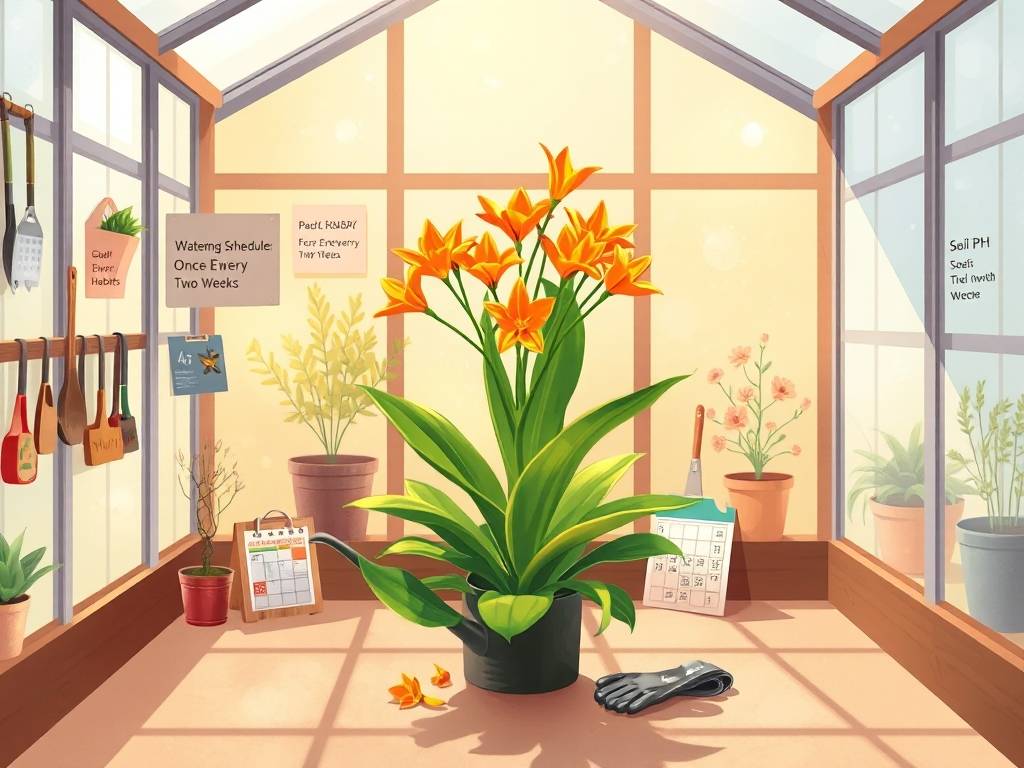
Insufficient Light: Increase the duration of diffused light;
Small Temperature Difference: Create a daily temperature difference of 5-8℃ in winter;
Poor Soil Fertility: Add decomposed organic fertilizer when repotting in autumn, and supplement with phosphorus-potassium fertilizer during the bud formation period.
III. Care Tips: Details Determine Growth
Leaf Cleaning: Wipe leaves with a soft cloth dipped in warm water every month (to remove dust and facilitate photosynthesis). Do not wipe the center of leaves with a damp cloth;
Avoid Frequent Moving: Clivia is sensitive to the environment. Frequent movement easily leads to disordered leaf growth and delayed flowering;
Flowering Period Management: After flowering, move it to a slightly cooler place (15-18℃) to extend the flowering period (from 1 month to 2-3 months). Cut off the flower stalk in time after flowering (to reduce nutrient consumption and promote leaf growth).
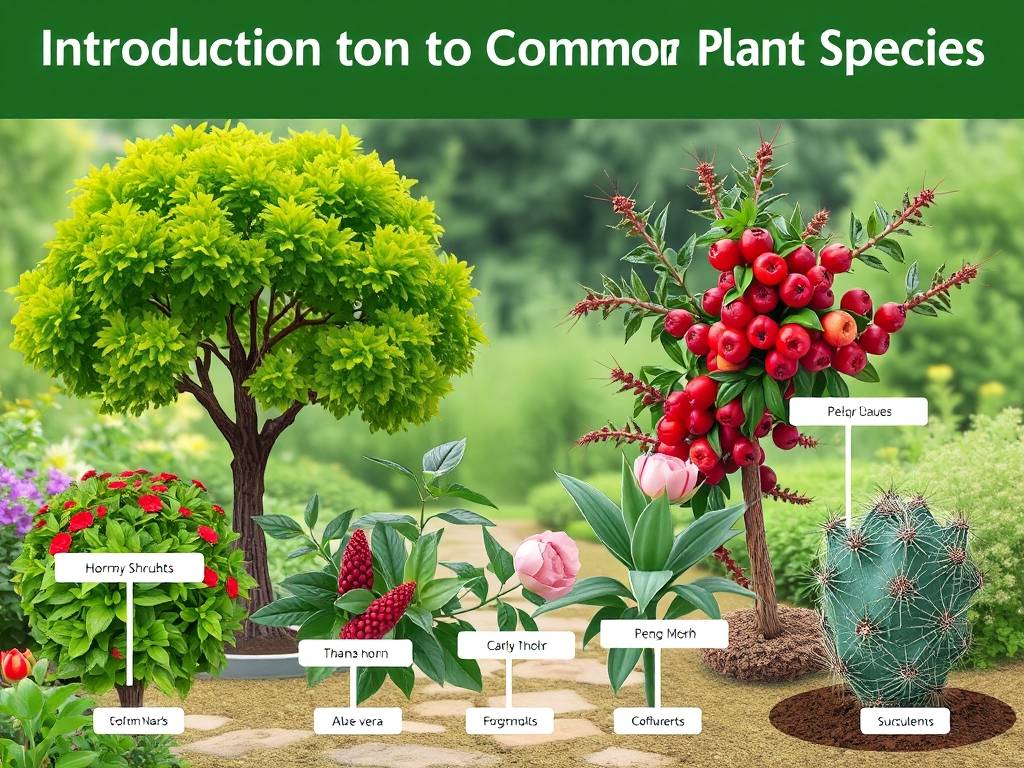

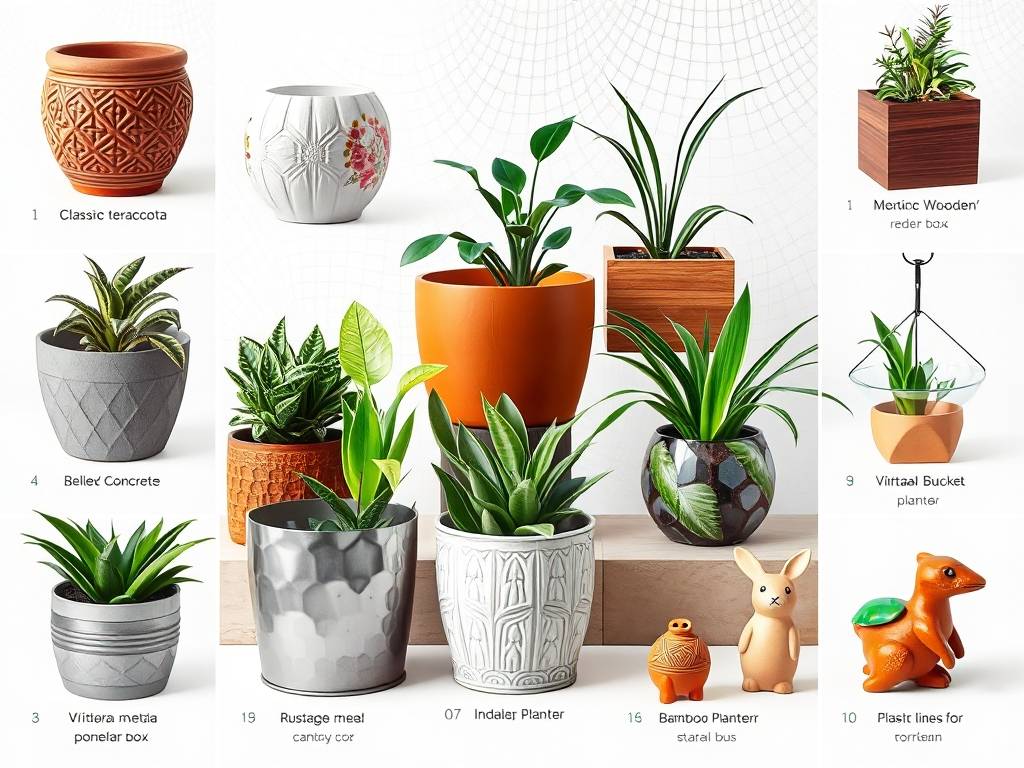
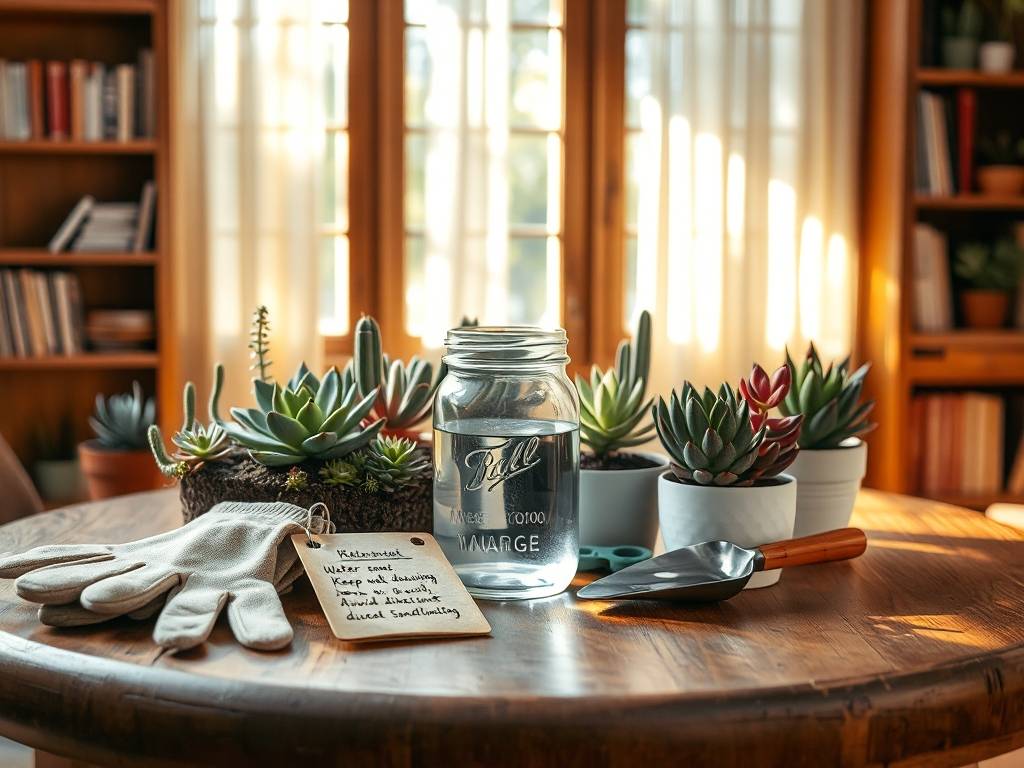
发表评论